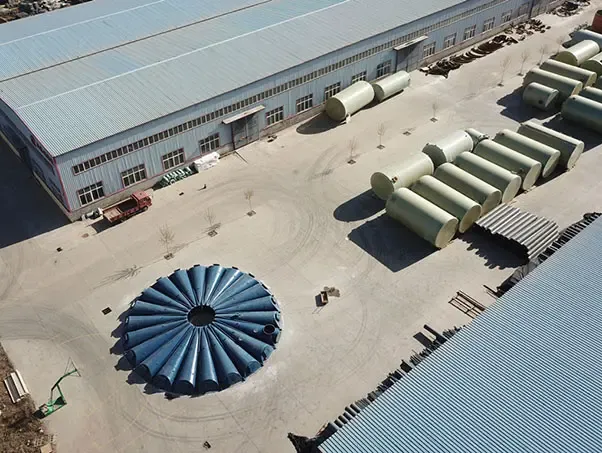
-
 Afrikaans
Afrikaans -
 Albanian
Albanian -
 Amharic
Amharic -
 Arabic
Arabic -
 Armenian
Armenian -
 Azerbaijani
Azerbaijani -
 Basque
Basque -
 Belarusian
Belarusian -
 Bengali
Bengali -
 Bosnian
Bosnian -
 Bulgarian
Bulgarian -
 Catalan
Catalan -
 Cebuano
Cebuano -
 China
China -
 China (Taiwan)
China (Taiwan) -
 Corsican
Corsican -
 Croatian
Croatian -
 Czech
Czech -
 Danish
Danish -
 Dutch
Dutch -
 English
English -
 Esperanto
Esperanto -
 Estonian
Estonian -
 Finnish
Finnish -
 French
French -
 Frisian
Frisian -
 Galician
Galician -
 Georgian
Georgian -
 German
German -
 Greek
Greek -
 Gujarati
Gujarati -
 Haitian Creole
Haitian Creole -
 hausa
hausa -
 hawaiian
hawaiian -
 Hebrew
Hebrew -
 Hindi
Hindi -
 Miao
Miao -
 Hungarian
Hungarian -
 Icelandic
Icelandic -
 igbo
igbo -
 Indonesian
Indonesian -
 irish
irish -
 Italian
Italian -
 Japanese
Japanese -
 Javanese
Javanese -
 Kannada
Kannada -
 kazakh
kazakh -
 Khmer
Khmer -
 Rwandese
Rwandese -
 Korean
Korean -
 Kurdish
Kurdish -
 Kyrgyz
Kyrgyz -
 Lao
Lao -
 Latin
Latin -
 Latvian
Latvian -
 Lithuanian
Lithuanian -
 Luxembourgish
Luxembourgish -
 Macedonian
Macedonian -
 Malgashi
Malgashi -
 Malay
Malay -
 Malayalam
Malayalam -
 Maltese
Maltese -
 Maori
Maori -
 Marathi
Marathi -
 Mongolian
Mongolian -
 Myanmar
Myanmar -
 Nepali
Nepali -
 Norwegian
Norwegian -
 Norwegian
Norwegian -
 Occitan
Occitan -
 Pashto
Pashto -
 Persian
Persian -
 Polish
Polish -
 Portuguese
Portuguese -
 Punjabi
Punjabi -
 Romanian
Romanian -
 Russian
Russian -
 Samoan
Samoan -
 Scottish Gaelic
Scottish Gaelic -
 Serbian
Serbian -
 Sesotho
Sesotho -
 Shona
Shona -
 Sindhi
Sindhi -
 Sinhala
Sinhala -
 Slovak
Slovak -
 Slovenian
Slovenian -
 Somali
Somali -
 Spanish
Spanish -
 Sundanese
Sundanese -
 Swahili
Swahili -
 Swedish
Swedish -
 Tagalog
Tagalog -
 Tajik
Tajik -
 Tamil
Tamil -
 Tatar
Tatar -
 Telugu
Telugu -
 Thai
Thai -
 Turkish
Turkish -
 Turkmen
Turkmen -
 Ukrainian
Ukrainian -
 Urdu
Urdu -
 Uighur
Uighur -
 Uzbek
Uzbek -
 Vietnamese
Vietnamese -
 Welsh
Welsh -
 Bantu
Bantu -
 Yiddish
Yiddish -
 Yoruba
Yoruba -
 Zulu
Zulu
Exploring the Advantages of Fiberglass Reinforced Plastic Boats in Modern Watercraft Design
Exploring the World of FRP Boats
In recent years, the boating industry has witnessed a significant shift towards the use of Fiber Reinforced Plastic (FRP) in boat manufacturing. This innovative material has revolutionized the design and functionality of boats, offering a sustainable, durable, and lightweight alternative to traditional wooden and metal boats. In this article, we will delve into the advantages of FRP boats, their construction process, and their impact on the boating experience.
What is FRP?
Fiber Reinforced Plastic, commonly known as FRP, is a composite material made by combining a polymer matrix with fibrous materials like glass, carbon, or aramid. This combination creates a lightweight yet highly durable material that can be molded into various shapes and sizes. The versatility of FRP makes it an ideal choice for boat construction, catering to a range of activities, from leisure cruising to competitive sailing.
Advantages of FRP Boats
One of the primary advantages of FRP boats is their exceptional durability. Unlike traditional wooden boats that can rot or metal boats that can corrode, FRP boats are resistant to environmental factors such as moisture, saltwater, and UV radiation. This resistance not only extends the lifespan of the boat but also reduces maintenance costs significantly. Owners can enjoy longer periods of use without the constant worry of repairs or replacements.
Furthermore, FRP boats are remarkably lightweight compared to their wooden or metal counterparts. This lightweight nature enhances fuel efficiency, making them more economical to operate. Whether you’re planning a long-distance journey or a quick weekend getaway, an FRP boat can provide an efficient and enjoyable experience on the water.
Another compelling reason to choose FRP boats is their design flexibility. The molding process allows for intricate designs that would be challenging to achieve with other materials. Manufacturers can create sleek, aerodynamically shaped vessels that not only look appealing but also enhance performance and maneuverability. From fishing boats to luxury yachts, the possibilities for customization are endless.
frp boat

The Construction Process
The construction of FRP boats typically involves several key steps. First, a mold is created to shape the desired design of the boat. This mold can be made from various materials, including wood, metal, or even additional FRP. Once the mold is ready, layers of fiberglass fabric are coated with resin and laid into the mold. The resin binds the fiberglass fibers together, creating a strong, cohesive structure.
Post-molding, the boat undergoes curing, where the resin hardens to form a solid structure. Once cured, the FRP shell can be removed from the mold and undergo various finishing processes, including painting, adding hardware, and installing fittings. The entire process is highly efficient, allowing for mass production while maintaining quality and consistency.
Environmental Considerations
As we become more conscious of our environmental footprint, FRP boats are emerging as an eco-friendly option. The material used in FRP production can be recycled at the end of its life, reducing waste and promoting sustainability in the boating industry. Moreover, the lightweight nature of FRP boats often results in lower fuel consumption, which translates to reduced emissions during operation.
Conclusion
The advent of Fiber Reinforced Plastic has transformed the boating industry, providing a robust, lightweight, and flexible alternative to traditional materials. With benefits including durability, design versatility, and environmental sustainability, FRP boats are becoming the choice for new boaters and seasoned enthusiasts alike. Whether you're navigating serene lakes or tackling open seas, an FRP boat offers a reliable companion for all your aquatic adventures. As technology continues to advance, we can expect even more innovations in the world of FRP boat manufacturing, further enhancing our experiences on the water. So why not embrace the future of boating with an FRP vessel?









